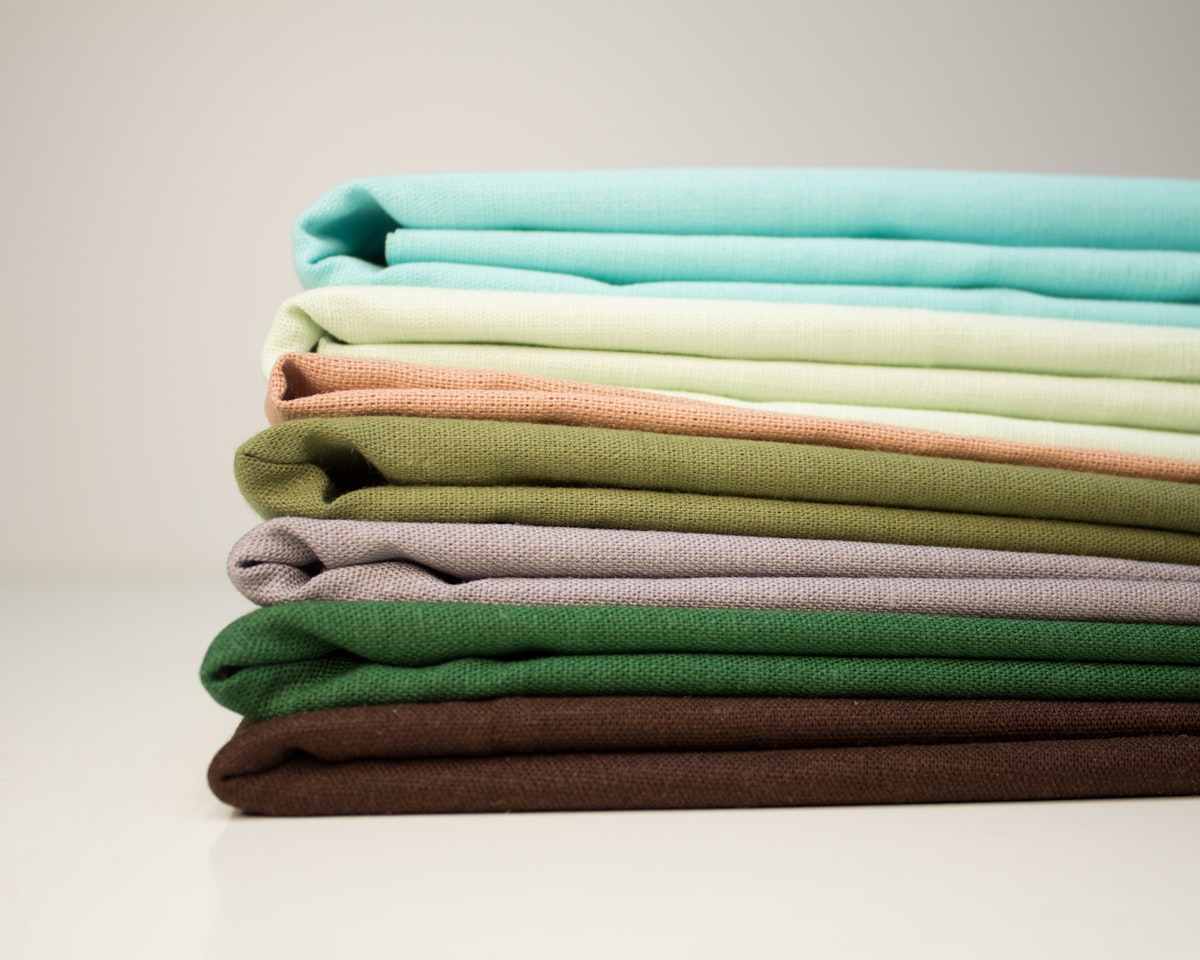What You Need to Know About Fabric Weight
Before you manufacture your next blouse, trouser, or tracksuit it is important for your brand to reference the different weights.

Understanding fabric weights to choose the right fabric can be mirky water. Before you manufacture your next blouse, trouser, or tracksuit it is important for your brand to reference the different weights.
First and foremost, the fabric weight measures various textiles from silk to cotton to canvas to polyester and is determined by the thickness of the threads that make up the fabric. Based on that, designers and manufacturers can decide the most suitable fabric for their pieces.
Fabric weight is split into three categories:
Lightweight
Medium
Heavyweight
Lightweight fabric is considered to be chiffon, organza, linen, mesh, lace, silk, cotton, felt, and neoprene. While medium-weight fabrics are velvet, nylon, taffeta, oxford, and sateen. Other fabrics like denim, canvas, suede, wool, flannel, and tweed fall under the category of heavyweight fabrics.
Grasping what fabric weights are is key for a clothing brand because fabric weights determine whether you will achieve a certain look you are aiming for.
For example, a denim apparel brand will want to stay clear of lightweight fabrics and opt for a heavier fabric weight. On the other hand, if you are introducing a spring line of skirts and dresses you will want to choose a lightweight fabric because that will affect the drape and shape of your sundresses.
Converting GSM
When it comes to fabric weights in the United States it is important to keep in mind that the U.S. refers to different weights like ounces but in manufacturing, the U.S. follows gsm. Gsm means grams per square meter, while oz means the weight per square yard.
Lightweight fabrics typically fall between 30 to 150 gsm, medium-weight fabrics are 150 to 350 gsm and heavier fabrics are 350 + gsm.
Typically, a plain t-shirt falls between 120-180 gsm, a printed tee is 180 gsm, a premium polo is 240 gsm, zipper hoodies and non-zipper hoodies are 320 gsm, and luxury/heavy weighted items can be 450 gsm at times.
As you calculate and convert oz to gsm, you divide the gsm by 33.906 — it is as simple as that. When you are calculating the gsm from the oz do the opposite by multiplying by 33.906.
Why bother with a calculator when there are online resources like a fabric weight converter. Or other calculators like this one by Wazoodle Fabrics.
Fabric Weight Conversion
Because U.S. manufacturing uses gsm conversion is necessary with fabric weights. In a nutshell, this is a quick conversion and round-up of the result products you will get with a certain amount of gsm.
All in all, a heavier weighted fabric like canvas will result in a more structured garment while lighter weight fabric like chiffon results in a flimsy garment.
For more information and questions about fabric weights get in touch with Dhakai at info@dhakai.com




